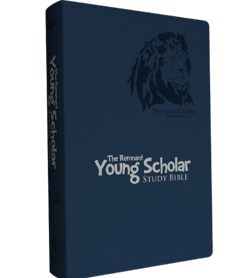Religion, Science, and Astronomy: How They Intersect and What It Means for Humanity
Discover the fascinating connections between religion, science, and astronomy in this comprehensive guide. Explore how these fields intersect, their historical significance, and what they reveal about our place in the universe.
Bringing Blessing
2/2/20256 min read
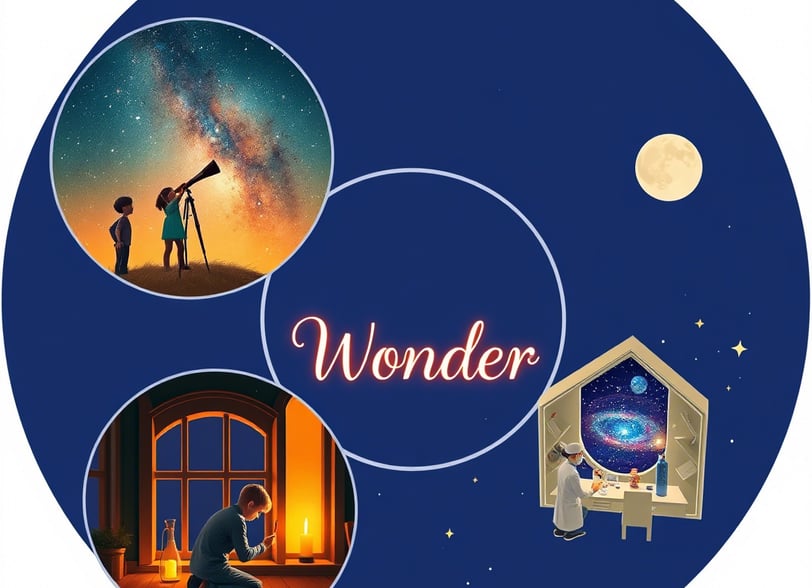

How religion, science, and astronomy fit together and what that means for people
For hundreds of years, people have looked at the stars with awe, trying to find answers to life's most important problems. Religion, science, and astronomy are just a few ways that people have tried to figure out where they fit in the world. Although religion, science, and astrology may seem very different, they are all connected deeply and interestingly. In this piece, we'll discuss how they connect, why it matters, and what it says about us regarding their relationship.
1. Links between religion and astronomy in the past
Before there were cameras and space probes, people used to look to the stars to find their way. Religion and astronomy were very connected, and the night sky was used as both a spiritual guide and a useful tool.
4. Important questions that come up when you mix religion, science, and astronomy
When these fields meet, they bring up interesting questions that make us think and motivate us. You might want to check out these:
Do we live in a universe by ourselves?
This is a question that has been thought about by both science and faith. Scientists use projects like NASA's Perseverance rover to look for life beyond Earth. Different religions have different ideas about whether life is beyond Earth.
If exoplanets are found, what does that mean for religious beliefs?
Finding thousands of exoplanets has helped us learn more about the world. How do these results fit with or contradict faith stories about how the world was made?
How do ideas like the "multiverse" fit into the worlds of religion and science?
The idea of a "multiverse" says that there may be more than one world. This thought goes against what science and religion say is true, making us think about what we know about the world.
There are as many different ways to connect religion, science, and astronomy as there are things in the world. Even though they look like different routes, they often meet in surprising and important ways. We learn more about the world and ourselves by looking into where these ideas meet.
So the next time you look up at the stars at night, think about the amazing journey of discovery that binds us all together. No matter if you look at the world through the lens of faith, science, or just plain curiosity, one thing is for sure: it brings us all together.
Is there a link between astronomy, religion, and science? Leave your ideas in the box below!
Mayan Civilization: The Mayans were very good at astronomy and used their knowledge to make complicated records. Their temples were often set up so that they faced the solstices and equinoxes and other religiously important heavenly events.
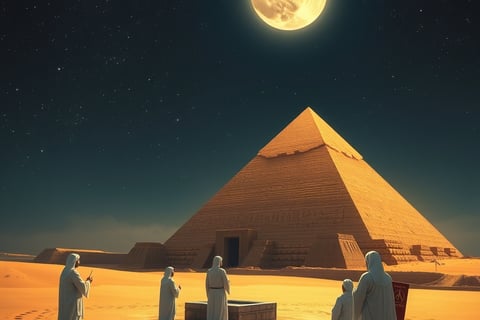

According to the Bible, the Star of Bethlehem led the three wise men to the place where Jesus was born. This shows how religious stories have used events in the sky.
These examples show that astronomy was a subject of study in the past and a way to connect with God.
2. The relationship between science and religion is complicated
People often think of science and faith as being at odds with each other, but the truth is that they're not that simple. There have been disagreements, but there have also been times when everyone worked together and respected each other.
Galileo's Trial: In the 1600s, the Catholic Church tried Galileo Galilei for supporting the heliocentric solar system model. This was one of the most famous conflicts between science and faith. Many people use this event to show how tense things are between the two areas.
A Catholic priest named Georges Lemaître was the first person to come up with the idea of the Big Bang Theory, which explains how the world came to be. This is proof that faith and science can sometimes agree in strange ways.
Modern Views: Many scientists and religious leaders today stress that faith and science answer different types of questions. Religions often talk about why we are here and what our role is, while science looks into how the universe works.
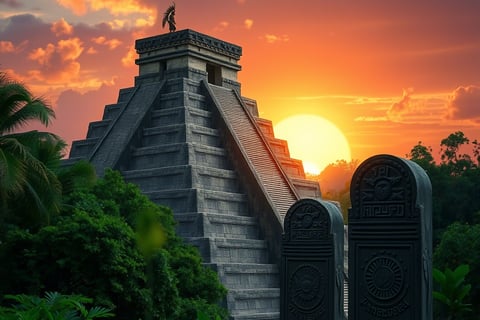

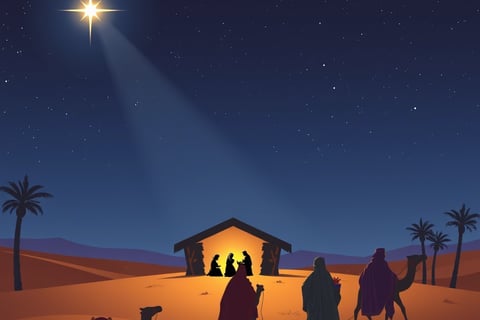

Ancient Egypt: The Egyptians built their pyramids so that they faced the stars. They thought that when they died, the pharaohs would go to heaven and join the gods. For them, the star Sirius was very important to their holy ceremonies and calendar.
3. What role does astronomy play in connecting science and religion?
Astronomy has the special power to interest people in both science and spirituality. When we see how big the universe is, we are amazed and maybe even feel connected to something bigger than ourselves.
Viewpoint of Carl Sagan: The late scientist Carl Sagan often discussed the "spiritual" nature of the universe. In his book Pale Blue Dot, he wrote that Earth is like a "mote of dust suspended in a sunbeam." This description reminds us of our small but significant place in the world.
When astronauts look down at Earth from space, they often talk about a big change in how they see things. This is called the "overview effect." Feelings of togetherness, humility, and interconnectedness can come from this experience. These feelings are in line with both the scientific and spiritual worldviews.
The discovery of black holes, exoplanets, and cosmic microwave background radiation (CMB) reminds us of how complicated and mysterious the universe is. These results can help us appreciate nature more and start discussing where it came from and what it means.
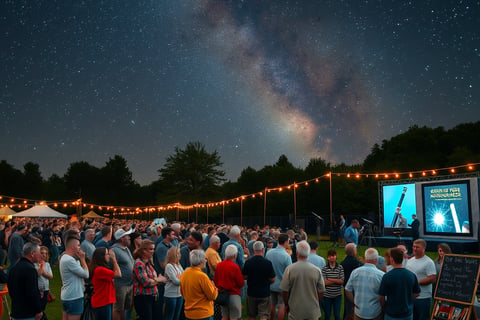

5. Examples of Working Together Today
There are many examples of scientists and religious leaders working together to learn more about the world.
The Vatican Observatory: The Vatican Observatory does cutting-edge astronomy study and is run by the Catholic Church. The goal of its experts is to show that faith and reason can live together.
Interfaith Dialogue on Science: The Templeton Foundation and other organizations fund projects that bring scientists, theologians, and philosophers together to talk about things like how the world came to be and what consciousness is.
Outreach to the public: People often talk about the spiritual and philosophical implications of new scientific findings at astronomy festivals and other events like them. This creates a sense of unity and curiosity.
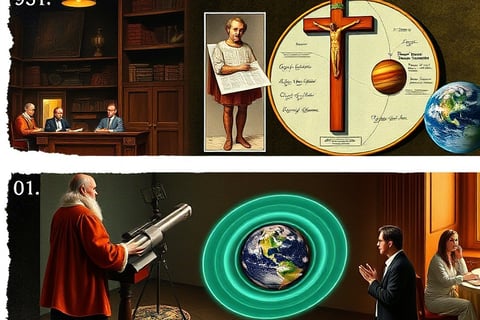

6. What This Crossroads Means for People
When religion, science, and astronomy come together, it tells us that we are all trying to understand the world. All of these fields look at the universe in different ways, but they all try to find answers to basic questions about why we are here, what our role is, and where we fit in the universe.
Promoting Unity: By looking into the links between these fields, we can help people with different views come together and feel like the world is one.
Getting People to Be Curious: The universe's secrets make us want to stay interested, ask questions, and be open to new ideas.
Wonder: The world continues to amaze and amaze us all, whether we look at it through a telescope, a prayer, or a scientific experiment.
There are as many different ways to connect religion, science, and astronomy as there are things in the world. Even though they look like different routes, they often meet in surprising and important ways. We learn more about the world and ourselves by looking into where these ideas meet.
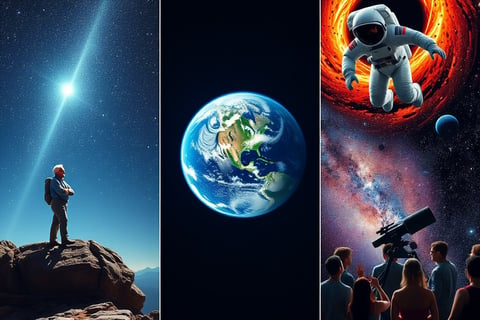



You might also like:
Contact Us


Want to know more? Our "Question and Answer" area is here to answer your questions and start important conversations.
Partners Products
Qualifies for free shipping offer.
Young Scholar Study Bible NKJV (Leather-soft Pink)
U$ 59.99
Amazing Illustrated Bible for Kids
U$ 59.99
Platinum Remnant Study Bible KJV (Genuine Top-grain Leather Gray/White) King James Version
U$ 129.99
Qualifies for free shipping offer.
Qualifies for free shipping offer.
Faith
Exploring the biblical truth and knowledge.
COMMUNITY
+55 95 98117-7630
© 2024 - 2025. All rights reserved.
Hamillton Rice Street 114 - Boa Vista- RR - BR

